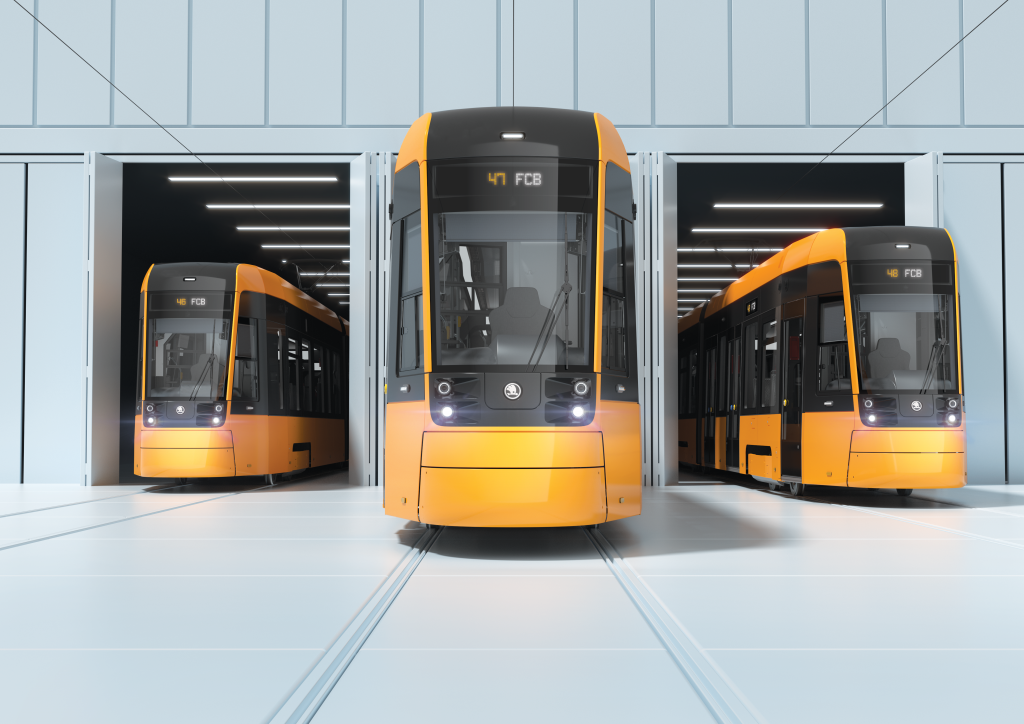Current Trends in Vehicle Design

It is typical for means of transport that the development of new vehicles, their introduction to the market and their subsequent life span a period of decades. Given the long lifetime, it is also desirable that proposals for design and styling are not subject to short-term fads.
Let’s look at some of the major trends that have influenced the production of trams and other vehicles that are now running on city streets or are just entering service.
Safety
At first glance, the size of windscreens has changed, including the material used. The aim is to give drivers a perfect view. At the same time, the trams’ windscreens are shaped so that the consequences of a collision with a pedestrian are not fatal. Statistics on traffic accidents confirm that this is indeed worthwhile.
The changes in the interests of safety also apply to the interior, which is now more open and often under camera surveillance.
Less visible factors include the shaping of handrails and other interior features, including the choice of materials used. Passenger safety in unforeseen situations is being taken into account as never before.
Comfort
While the pursuit of practicality and ease of maintenance has always been an important factor, in recent years comfort and driving experience have become increasingly important. After all, we want to get people to switch from cars to more sustainable public transport.
The most significant change in recent years has been the shift to low-floor vehicle design. This significantly improves the accessibility of public transport for passengers. The low floor also affects the overall interior layout.
The seat materials used have also evolved significantly. Today, trams have plastic, wooden and upholstered seats, and often a combination of these materials. A design novelty is the double seat, which is not exactly side by side, as used to be the custom, but offset by a few centimetres. This seemingly small feature increases the comfort of the passengers, who are not squeezed in the widest part of the body, i.e., the shoulders.
Noise is also one of the factors being monitored in terms of comfort. Many sub-changes that are not visible at first glance have been made to the chassis or engine units. Modern trams are therefore considerably quieter, inside and out, thanks to clever technical and design solutions.
Digitalisation
All new trams today are equipped with electronic information panels, a host of smart sensors and other electronics, or even sockets or chargers. Twenty years ago, none of this existed – car doors opened mechanically and the only information system was a plastic sign with the names of the stops on the line.
At the same time, there are many systems on trams that the passenger does not interact with directly, such as driving assistants who give drivers a second set of eyes.

